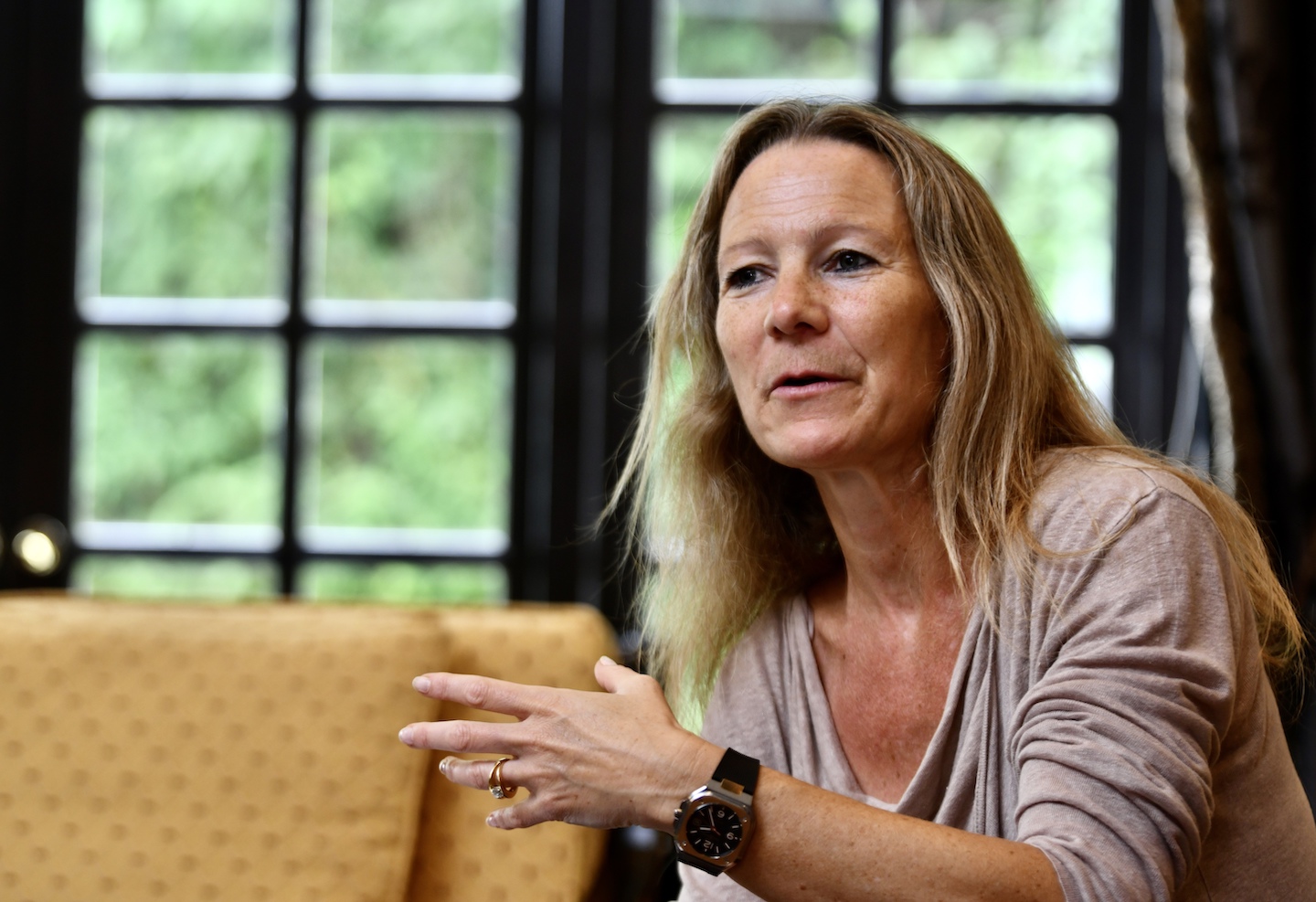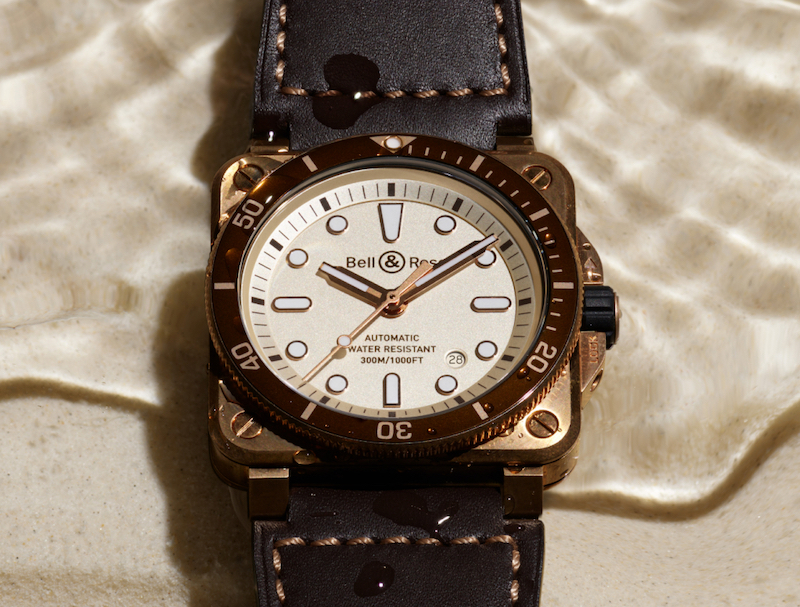
Trichard's previous track record includes a stint as international marketing manager for Moët & Chandon in 2010 (Photo: Sam Fong/The Edge)
A veteran of the luxury industry, Marie-Laure Trichard stepped into her current role as head of marketing and communications at Bell & Ross with an impressive track record — she spent more than a decade in the mass-market retailing sector with Kraft Foods and Orangina Schweppes, followed by a successful stint as international marketing manager for Moët & Chandon in 2010. In 2017, she entered Jacquart, bringing her years of experience to the champagne house.
So, why watches?
“When I joined the luxury industry, I found it so interesting to learn about all the craftsmanship and a brand’s story,” Trichard says. “I had spent quite some years working with champagne and thought it would be great to discover new things again while still applying my knowledge from previous experience.”
Although Trichard had long admired the watch scene for its deep commitment to artistry, her path was not so straightforward. Despite her thorough familiarity with champagne, she knew horology was a different ballgame. And rather than charge in head first, she spent a lot of time acquainting herself with the trade and networking with industry professionals at first. Finally, and after one last hurrah with champagne, Bell & Ross welcomed her onboard.
The transition from bubbly to horology was by no means a breeze.
“There is a very big difference between the two,” Trichard states. “With champagne, you rarely have innovation and new creations. For watches, you have new ongoings and releases almost every month.”
To her, the main disparities lie in the day-to-day operations and output, “although the targets and markets are quite similar, and both products can usually be found in the same areas”.
Even though acclimatising to this new realm had its challenges, Trichard quickly found joy in the flexibility of her new routine.
Each day begins with an early start (“I am quite the morning person,” she laughs) and what better way to get into a productive mood than with some movement?
Trichard prefers to cycle to the office, and is often one of the first to clock in. The extra time allows her to browse through the latest news from various industries and catch up with directors and partners in different time zones. Weeks usually kick off with meetings and teamwork, before settling down towards the second half with more solo time to carry out duties uninterrupted.
br.jpeg

“Balance has always been important to me,” she says. “After work, I cycle home and sometimes, I meet with friends or take yoga lessons in the evening. On weekends, I’ll visit art exhibitions or travel to the country or seaside. It all keeps life fresh.”
Going back to the subject of flexibility, Trichard happily confirms that “in the world of marketing and communications, the principle is that you don’t really have ‘typical’ days. It is so diverse and you have so many topics to cover as it’s always evolving”.
Recent accessory trends have also seen a boom in women’s watches which Trichaud, as a collector herself, applauds. However, what she is more interested in is expansion of variety as opposed to brands designing timepieces specifically for women, exemplified in her passion for Bell & Ross’ geometric, chunkier look that most deem to lean towards masculine.
“Often, it is easier for women to pick a men’s watch than the other way around, especially if you like the look of a bigger model,” she muses.
To her, it is less about categorising designs by gender, and more about the message and intent behind each piece.
“Bell & Ross’ approach is always to offer some kind of value. People who wear our watches are those who want to be more original and express their individuality. The brand has always been about aviation and professional elites, which you may say is more male-oriented. Yet, you have women who feel they also want to embody these characteristics.”
Rather than hop on the gender-equality bandwagon purely for the sake of doing so, Trichard reveals that the house’s plans involve homing in on the brand’s unique design choices (such as its classic circle-in-a-square case and aeronautical influences) and adapting those signatures in various sizes and colours to ensure satisfaction for each wearer, regardless of gender and style preferences.
“We want it to be this way so that when someone wears a Bell & Ross, it is instantly recognisable and unmistakably our brand. To me, it’s always important that our watches stay true to what they are,” she smiles.
While some may argue that change is not happening fast enough, it is important to note that generations of gender-based discrimination and traditions cannot be undone overnight. What matters most is progress is being made, step by step, and a steady foundation for a more inclusive workplace is built.
After many years in luxury goods (and, hopefully, many more), Trichard, who has seen these transformations first-hand, could not agree more.
“I think right now is a great time for women in the industry,” she says. “If you love what you do and are good at your job, it is so much easier to keep moving up.”
This article first apeared on Mar 4, 2024 in The Edge Malaysia.


